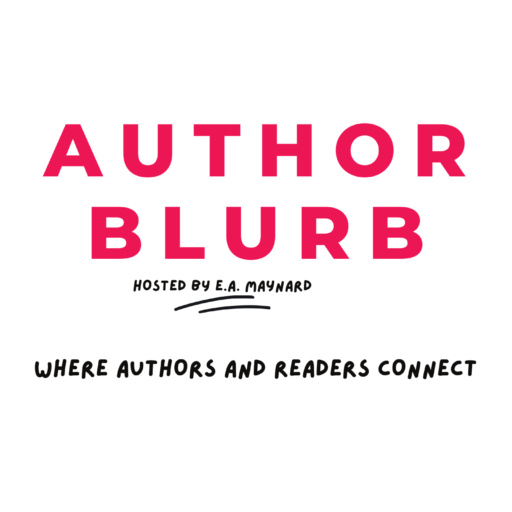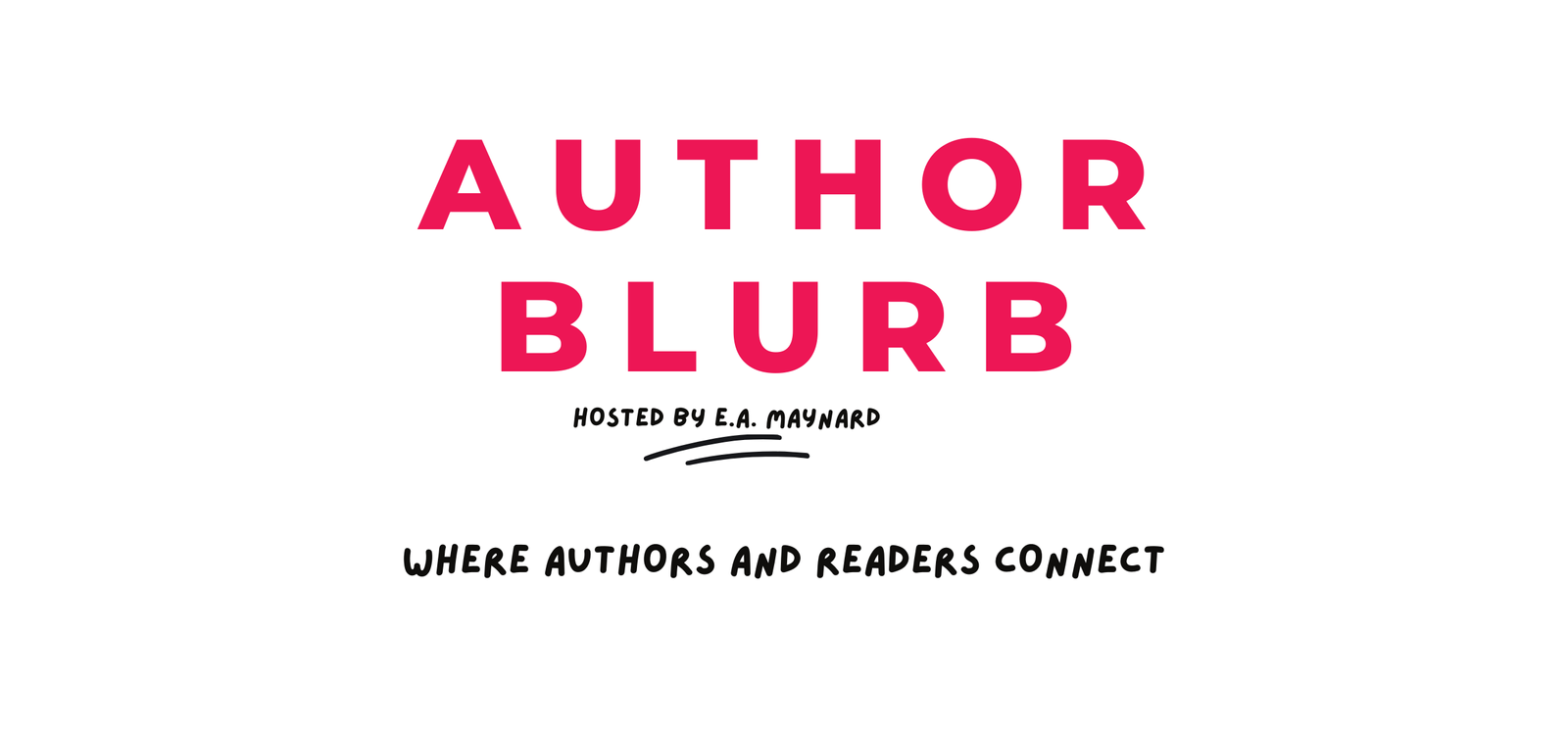Strangeness in Fiction
Author Blurb Blog Post for Hope for the Worst by Kate Brandt
This book started from a single memory: looking into the window of a bookstore on Spring Street in New York City, seeing the covers of books that were displayed there, but also my own reflected face. I was in my twenties, in love with a much older man who did not love me back. We were looking into that window together, but we were in entirely different worlds.
I had kept this part of my life secret for a very long time. It had been both painful and transformative, and it still haunted me. When the memory surfaced during one of the free-write sessions I participated in with the other women in my writers’ group, the response from my friends was immediate: you have to write about this.
I’m glad I followed their advice. It was a long, hard process. I wrote many, many, many, many drafts. Hope for the Worst is autobiographical, but it is still a novel. Real life never has the internal logic that a story must, and so my job as a writer was to find a way to convey my experience—what it was like—but also meet the demands of story.
It took a long time. I would never have been able to do it without my writer friends. They encouraged me, supported me, read my many drafts, and told me what worked and what didn’t.
I have some advice for someone who is going to write a book. Write about something that fascinates you. Choose a story or an experience you’ve had that you can’t even explain to yourself. I made endless revisions of Hope for the Worst. As long as it took me, I never got sick of it.
My father is also a writer. I remember him once saying to me: “art has to have strangeness.” The story I tell in Hope for the Worst is based on one of the strangest experiences of my life. I was deeply in love with someone who was treating me with great carelessness, but I could not stop myself from coming back to him again and again.
My first writing teacher, Tom Spanbauer, used to tell his students “people write because they weren’t invited to the party.” This is true for me–I write out of a great loneliness. I want to tell readers: this is what it was like.
Buddhism, which I’ve studied for many years, plays an important role in the story. Central to Buddhism is an emphasis on the truth that nothing is permanent. In Japanese Buddhism in particular, there is a term, ukiyo-e—the floating world. Thought the novel, Ellie, the narrator, walks the streets of New York City in an ongoing fog of desperation and shock. To try to pull herself out of the endless monologue in her head, she names things that she passes: a guy with a Mohawk in a tee shirt with cutoff sleeves; a girl in clogs; a red-faced jogger in track shorts. In this way, the novel becomes a portrait of the floating world of New York City; a series of moments that pass and swirl away.
The novel is also a love story, a fairytale gone wrong, and a redemptive story of female friendship. If you are interested in the big questions—why are we here? Why do we suffer, and what can we do about it?—you will find this book a good companion.


